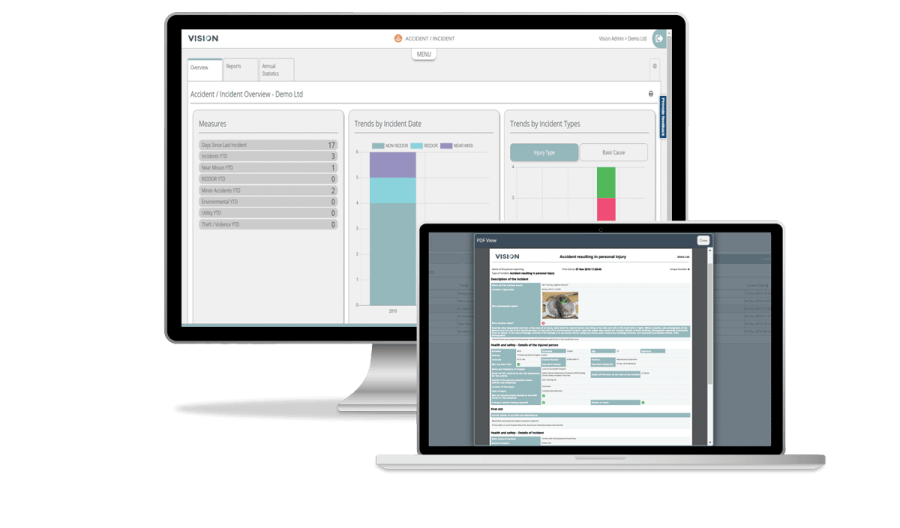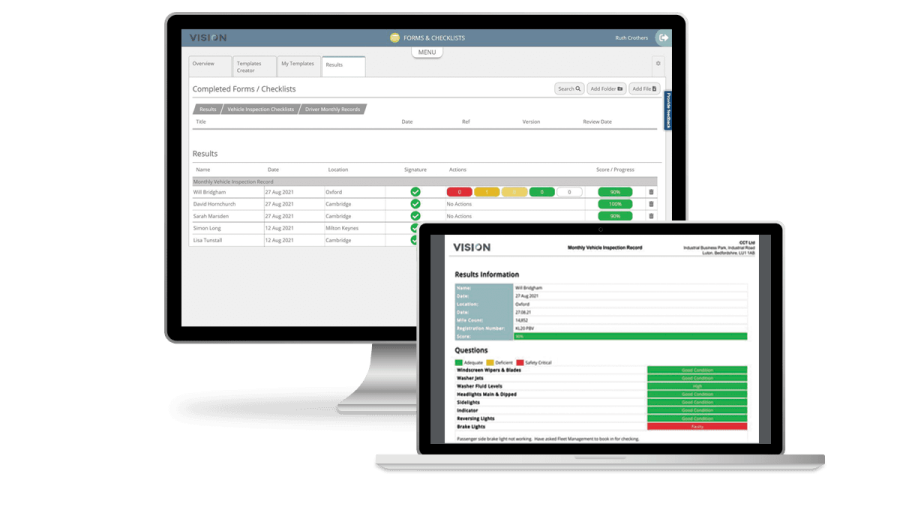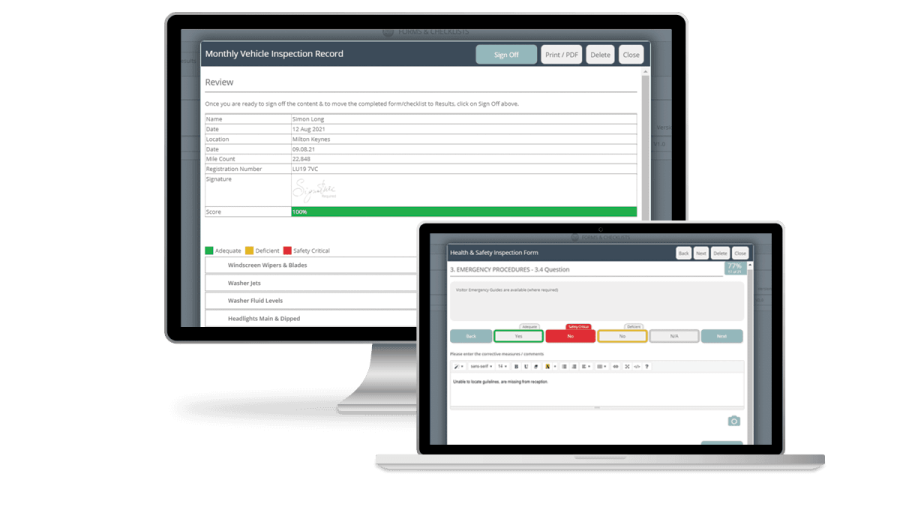8 Benefits of an Effective Workplace Incident Reporting System

8 Benefits of an Effective Workplace Incident Reporting System
Effective health and safety incident reporting is crucial for any workplace. It serves not just as a regulatory requirement but also as a strategic tool to enhance workplace safety, boost employee morale, and drive organisational efficiency. Here are the key benefits of maintaining a robust health and safety incident reporting system:

1. Prevention of Future Incidents
The primary benefit of thorough incident reporting is the prevention of future incidents. By accurately documenting the details of each incident, businesses can identify patterns and root causes. This data allows safety officers to implement targeted interventions and preventive measures. For instance, if reports indicate a high frequency of slips and falls in a particular area, management can take steps to improve lighting, signage, or floor traction.
2. Regulatory Compliance
Adhering to health and safety regulations is mandatory for businesses. Good incident reporting ensures compliance with legal requirements such as OSHA in the United States or RIDDOR in the UK. Proper documentation and timely reporting of incidents help avoid legal penalties, fines, and potential shutdowns. Moreover, demonstrating a commitment to safety compliance can enhance a company's reputation and trustworthiness.
3. Enhanced Workplace Safety Culture
A robust reporting system fosters a culture of safety within the organisation. When employees see that incidents are taken seriously and addressed promptly, they are more likely to engage in safe practices and report hazards without fear of reprisal. This proactive safety culture encourages continuous improvement and vigilance, making the workplace safer for everyone.

4. Improved Employee Morale and Trust
Employees are a company’s most valuable asset, and their well-being directly impacts productivity and morale. By prioritising health and safety through diligent incident reporting, employers show that they value their employees' welfare. This commitment builds trust and loyalty, leading to increased job satisfaction and lower turnover rates. When employees feel safe and supported, they are more motivated and productive.
5. Data-Driven Decision Making
Incident reports provide valuable data that can drive informed decision-making. This information helps management identify high-risk areas, assess the effectiveness of current safety measures, and allocate resources more effectively. Data analysis can reveal trends and insights that might not be apparent through casual observation, enabling a more strategic approach to workplace safety.

6. Efficient Resource Allocation
Good incident reporting allows businesses to allocate their resources more efficiently. By understanding where and why incidents occur, companies can prioritise their safety investments, such as training programs, protective equipment, or facility upgrades, in the areas that need them the most. This targeted approach not only enhances safety but also optimises budget spending.
7. Legal Protection
In the unfortunate event of a legal dispute, detailed incident reports can provide critical evidence. Thorough documentation of incidents, including witness statements and corrective actions taken, can protect the company against false claims and demonstrate due diligence. This legal protection is invaluable in safeguarding the company’s interests and reputation.
8. Continuous Improvement
An effective incident reporting system supports a cycle of continuous improvement. By regularly reviewing and analysing incident data, companies can refine their safety policies and procedures. This iterative process ensures that the organisation remains agile and responsive to emerging risks, continuously enhancing its safety performance.

7. Legal Protection
In the unfortunate event of a legal dispute, detailed incident reports can provide critical evidence. Thorough documentation of incidents, including witness statements and corrective actions taken, can protect the company against false claims and demonstrate due diligence. This legal protection is invaluable in safeguarding the company’s interests and reputation.
8. Continuous Improvement
An effective incident reporting system supports a cycle of continuous improvement. By regularly reviewing and analysing incident data, companies can refine their safety policies and procedures. This iterative process ensures that the organisation remains agile and responsive to emerging risks, continuously enhancing its safety performance.

Book your 14-day free trial today
Experience the benefits risk-free with this health and safety platform and see how our solutions can transform your safety protocols—no commitment required!
Click here